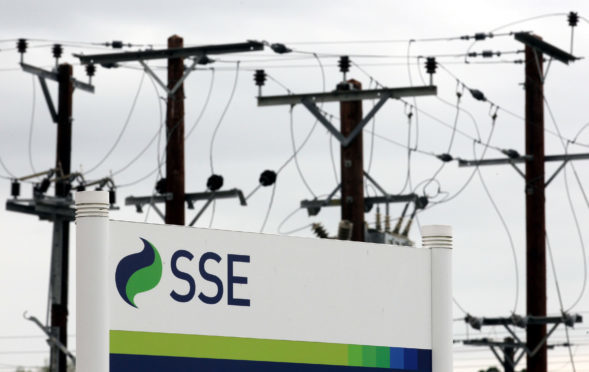A Scottish energy firm has won a £100million-plus compensation claim on appeal following a tunnel collapse at a new Highland hydro-electric scheme.
SSE Generation took legal action against German contractor Hochtief who designed and built the underground passage at the Glendoe site near Fort Augustus between 2006 and 2008.
The scehem was opened by the Queen in 2009 – but within days, engineers discovered the tunnel had collapsed.
In 2016, a commercial judge at the Court of Session in Edinburgh ruled against SSE in the substantial part of their claim, finding it was an “employer’s risk event”.
But following an appeal by SSE to three judges, they have now ruled in favour of the firm by two to one in their legal challenge.
As a result, the firm has been awarded more than £107million over the cost of the recovery project along with a further £1million damages.
SSE wholesale director Martin Pibworth said: “SSE welcomes the positive decision of the Court of Session.
“The hydro scheme had to be shut down for nearly three years whilst rectification works resulting from a defect which existed prior to take over of the scheme by SSE were carried out.”
Under the construction project a head race tunnel (HRT) ran more than six kilometres from a reservoir at Glen Tarff to the turbine before a shorter tunnel then discharged water into Loch Ness.
The scheme was officially opened by the Queen on June 29, 2009, when the turbine initially failed to start.
The following day engineers heard thumping noises and it was later found there had been a progressive collapse of the tunnel.
Rock falls could be heard and minor collapses had occurred but a complete blockage over 70 metres in length was discovered.
Hochtief said they did not consider they had any liability or obligation to carry out the remedial work at their own expense.
Another contractor was brought in and works were completed in August 2012.
Lord Glennie said in his appeal judgement: “I have come to the conclusion that the pursuers (SSE) have made good their case that the cause of the collapse was a defect which existed at take over, in that a part of the works, viz the HRT, was not in accordance with the works information, viz the requirement for a tunnel with a design life of 75 years.”
Lord Menzies said the HRT as implemented was a part of the works designed by the contractor which was not in accordance with its design which had been accepted by the project manager.
Lord Carloway said it was not possible to conclude that the commercial judge had erred in finding that the contractor did exercise reasonable skill and care.
Hochtief had not provided a comment last night.
